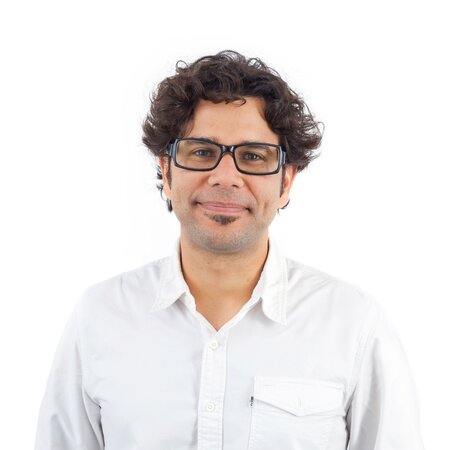Interview with Nikolay Dzubenko, Director of VIR
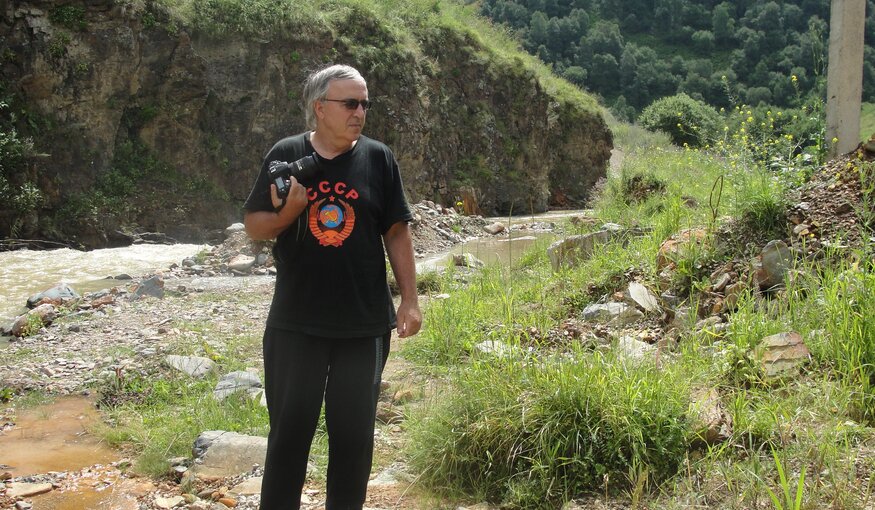
23 November 2017
To celebrate the 130th anniversary of Vavilov, I interviewed Nikolay Dzubenko, Director of the N.I. Vavilov Institute of Plant Genetic Resources (VIR). Born in USSR in 1952, Dr. Dzubenko is also a professor and a botanist.
Dr. Dzubenko recently attended the Annual Genebank Managers Meeting (AGM) of the CGIAR, a gathering where achievements and challenges are shared, and plans for the upcoming year and beyond are discussed. This year, Belgium hosted the AGM, and Dr. Dzubenko gave a talk about the latest developments at VIR. I quickly jumped at the opportunity to interview him.
My colleague, Elena Popova, who hails from Moscow, Russia was instrumental in making this interview happen. She carried out live translations during the Skype interview, and then dove into the arduous transcription. Many thanks to her.
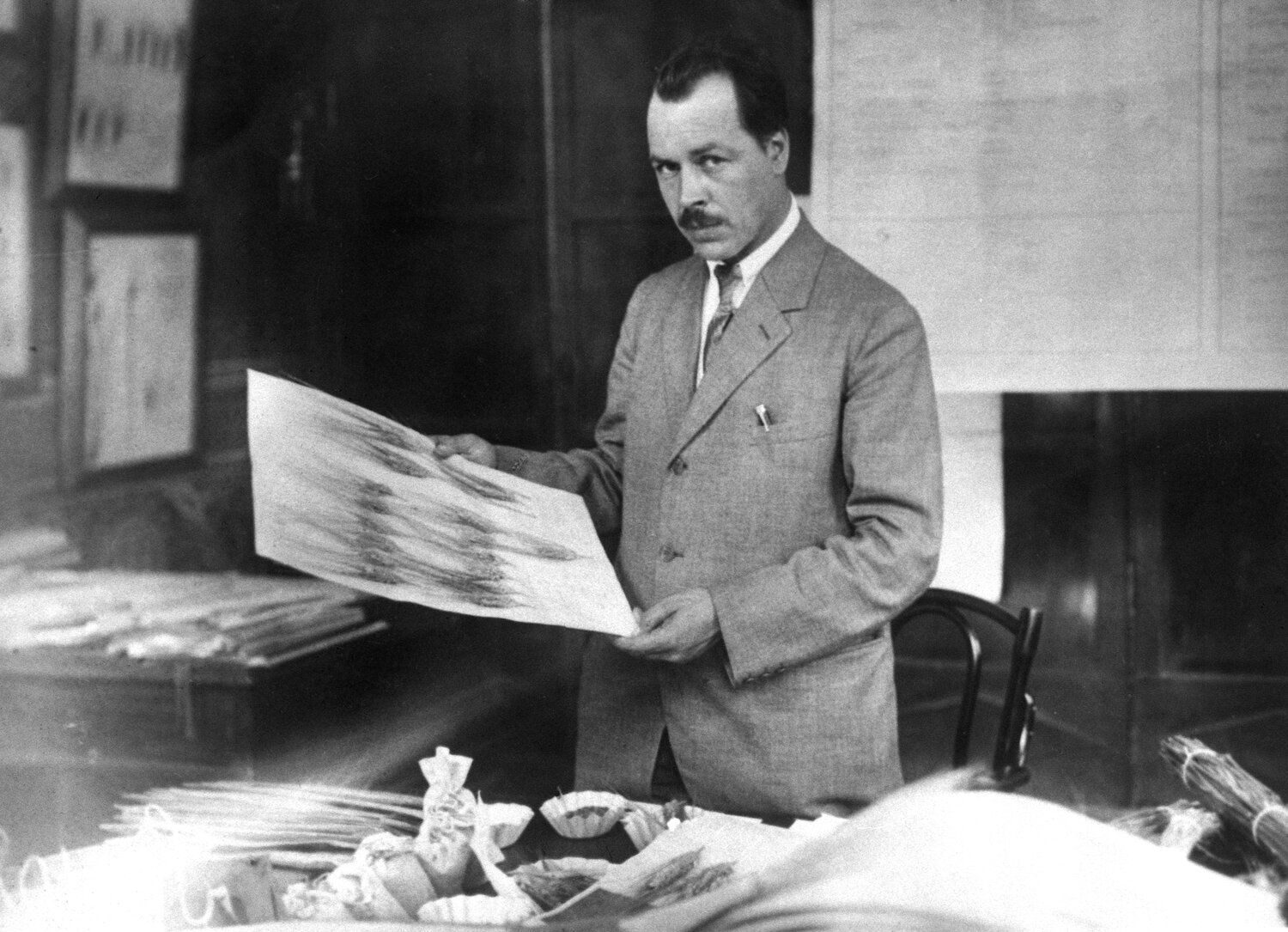
Nikolai Vavilov examining wheat herbarium specimen during preparation to the next expedition (1930).
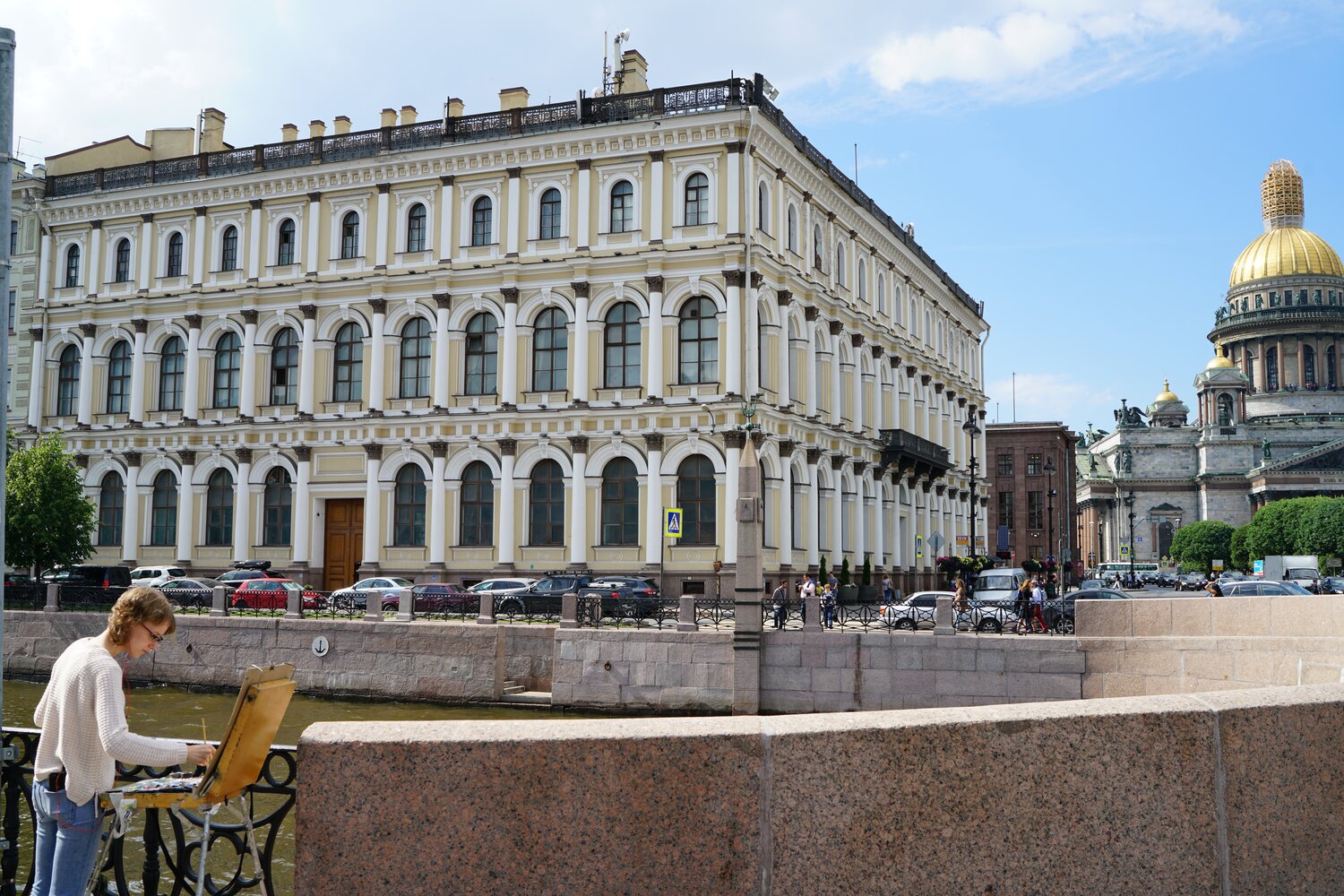
One of VIR’s buildings (ul. Morskaya, 44).
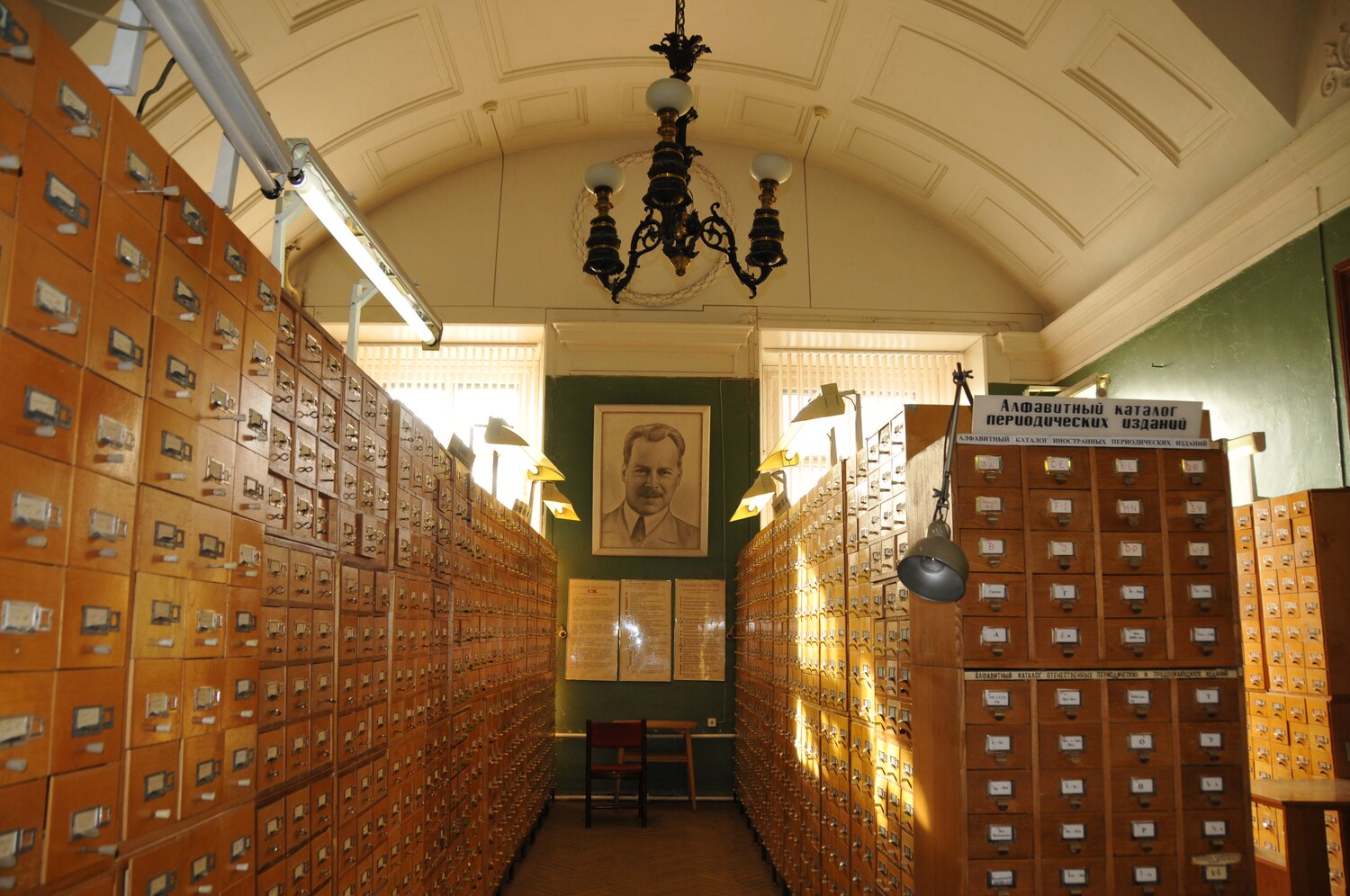
One of the rooms of VIR scientific library. In 2018, the library will be 180 years old.
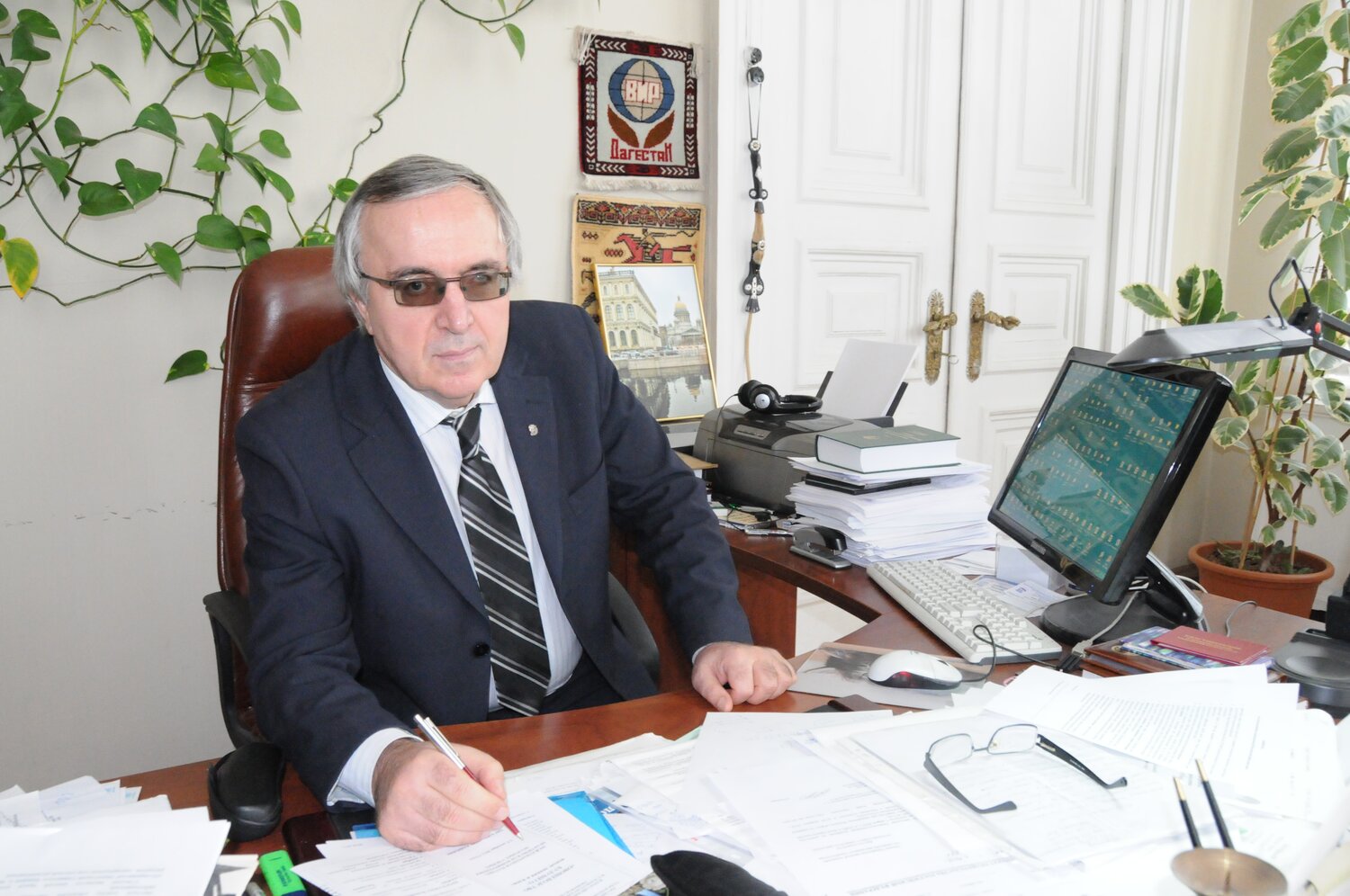
Nikolay Dzubenko in his director's office.
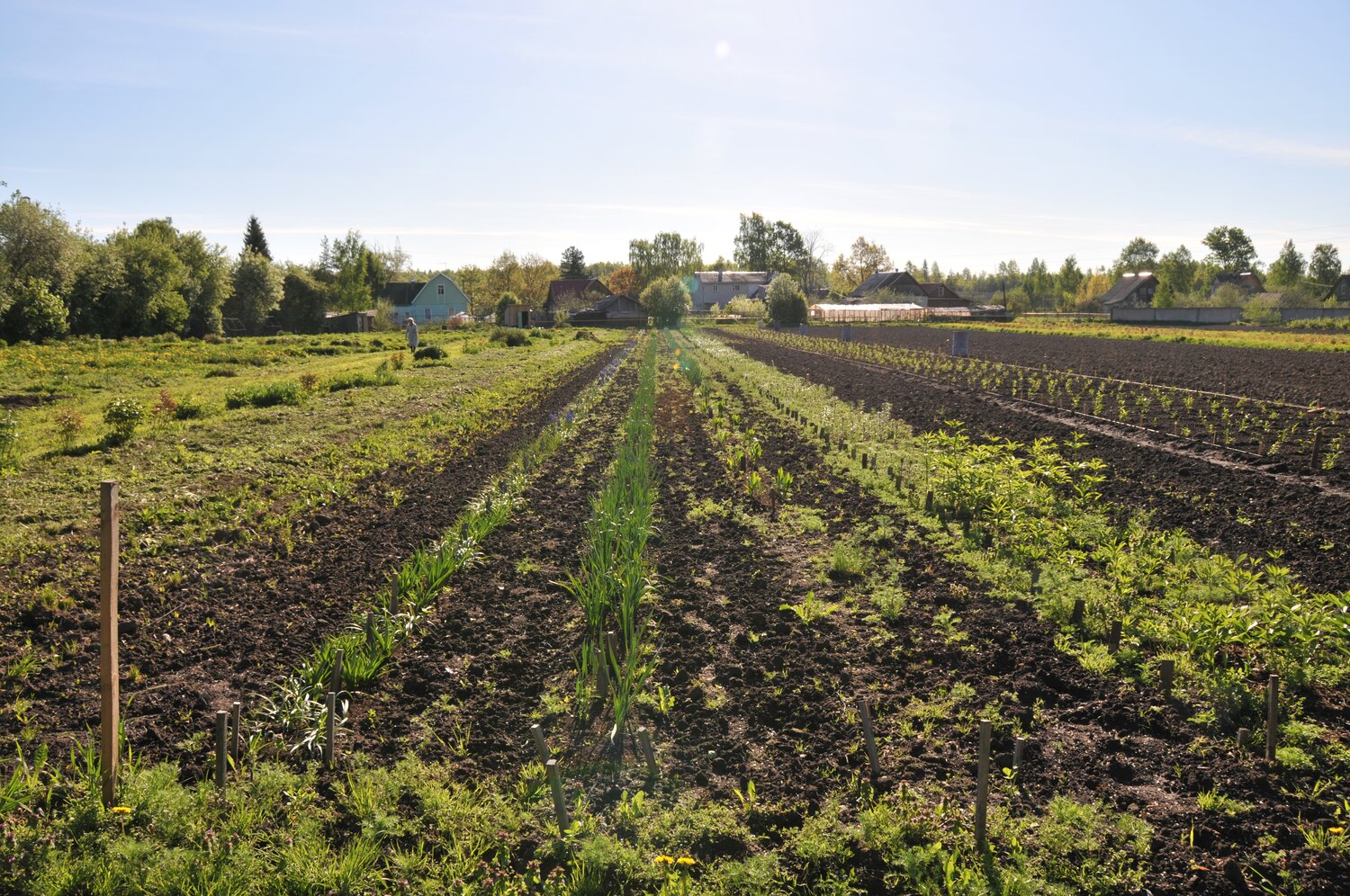
Field collection of horticultural plants.
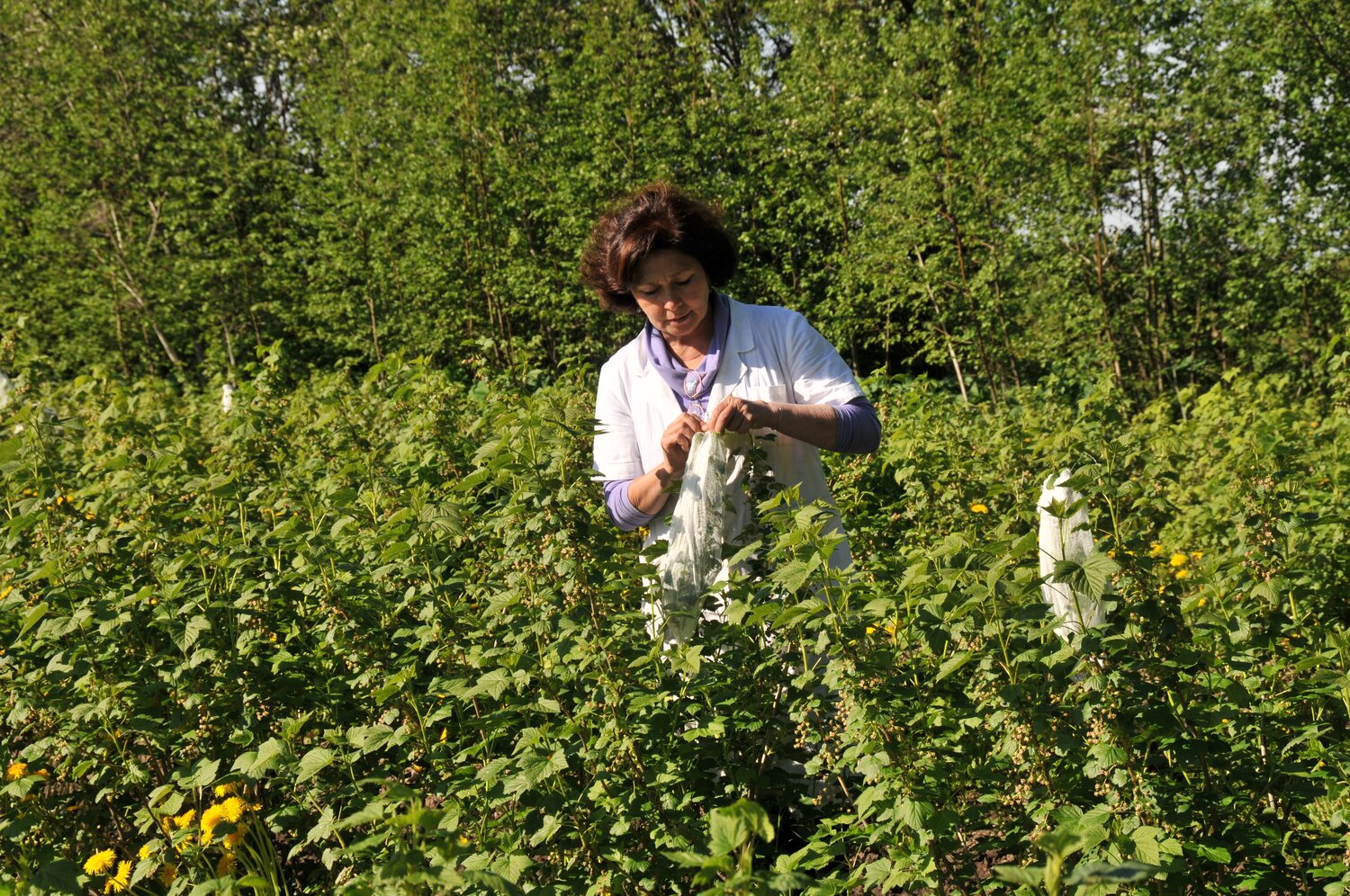
Olga Tikhonova, curator of black current collection, is performing field crosses.
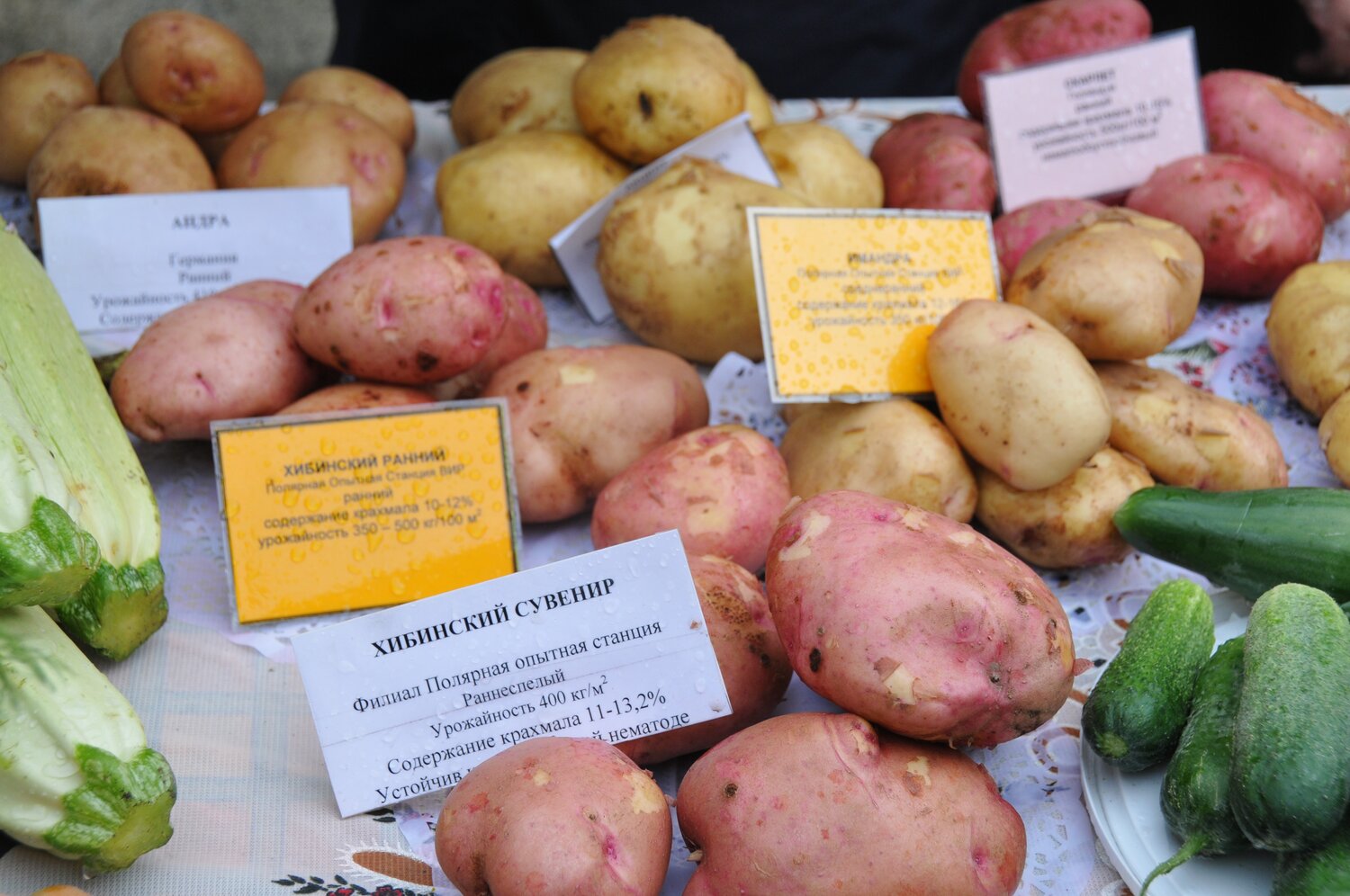
Exhibition of superior potato varieties at VIR Polar Regional Station.
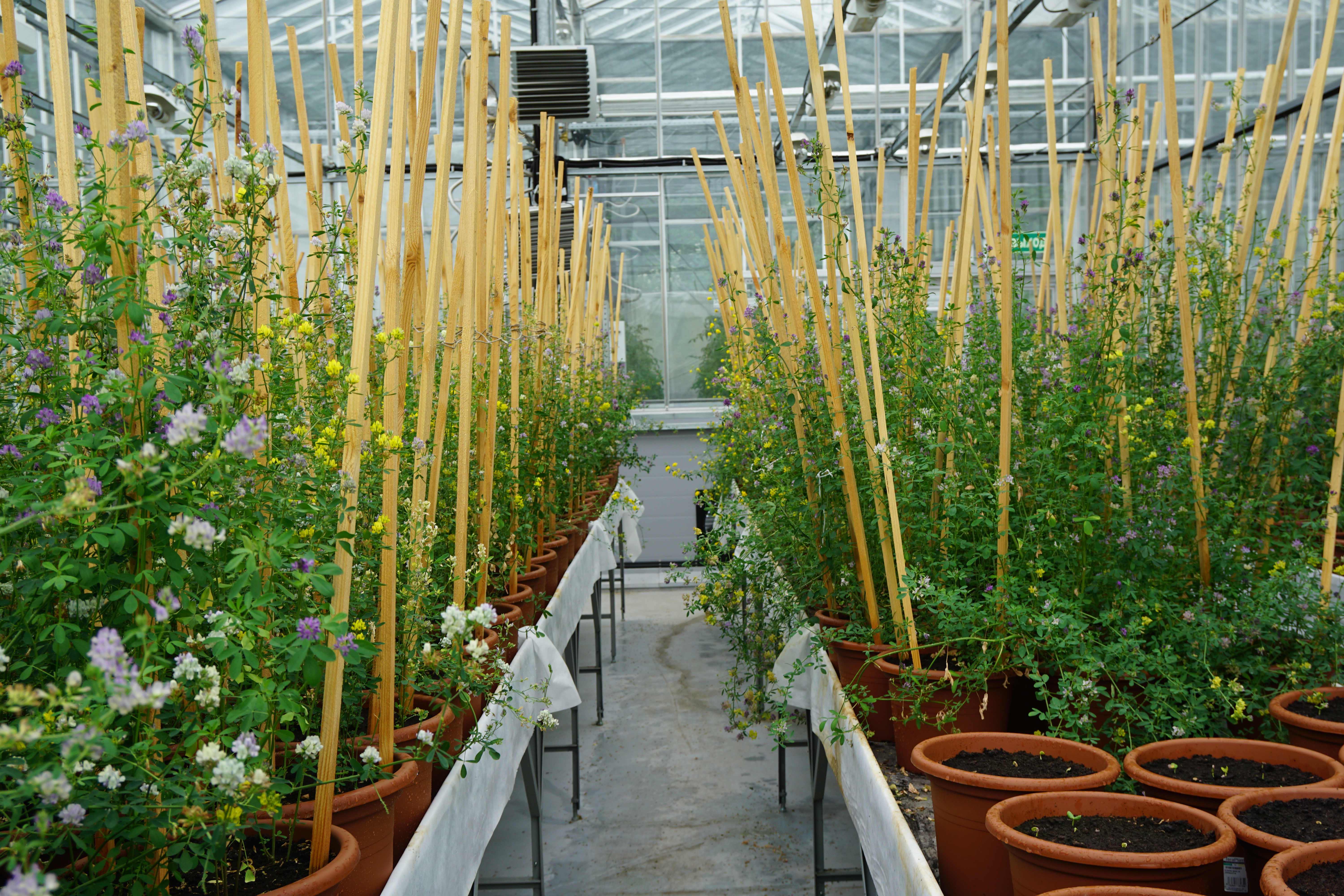
Nikolay's research: evaluation of yield in northern varieties of Medicago x varia Martyn (VIR, Pushkin Station).
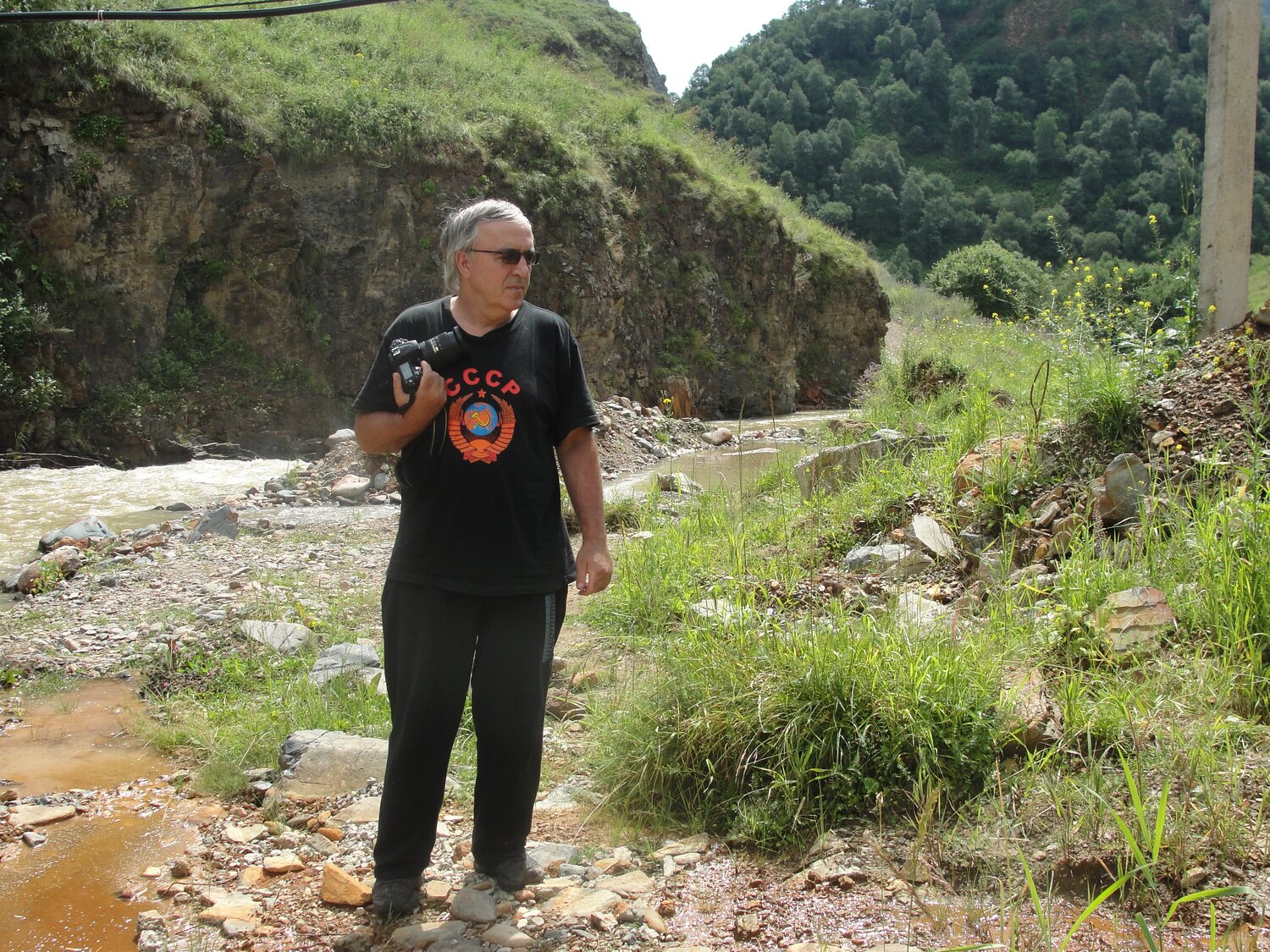
Nikolay during the expedition in North Caucasus region (2010)
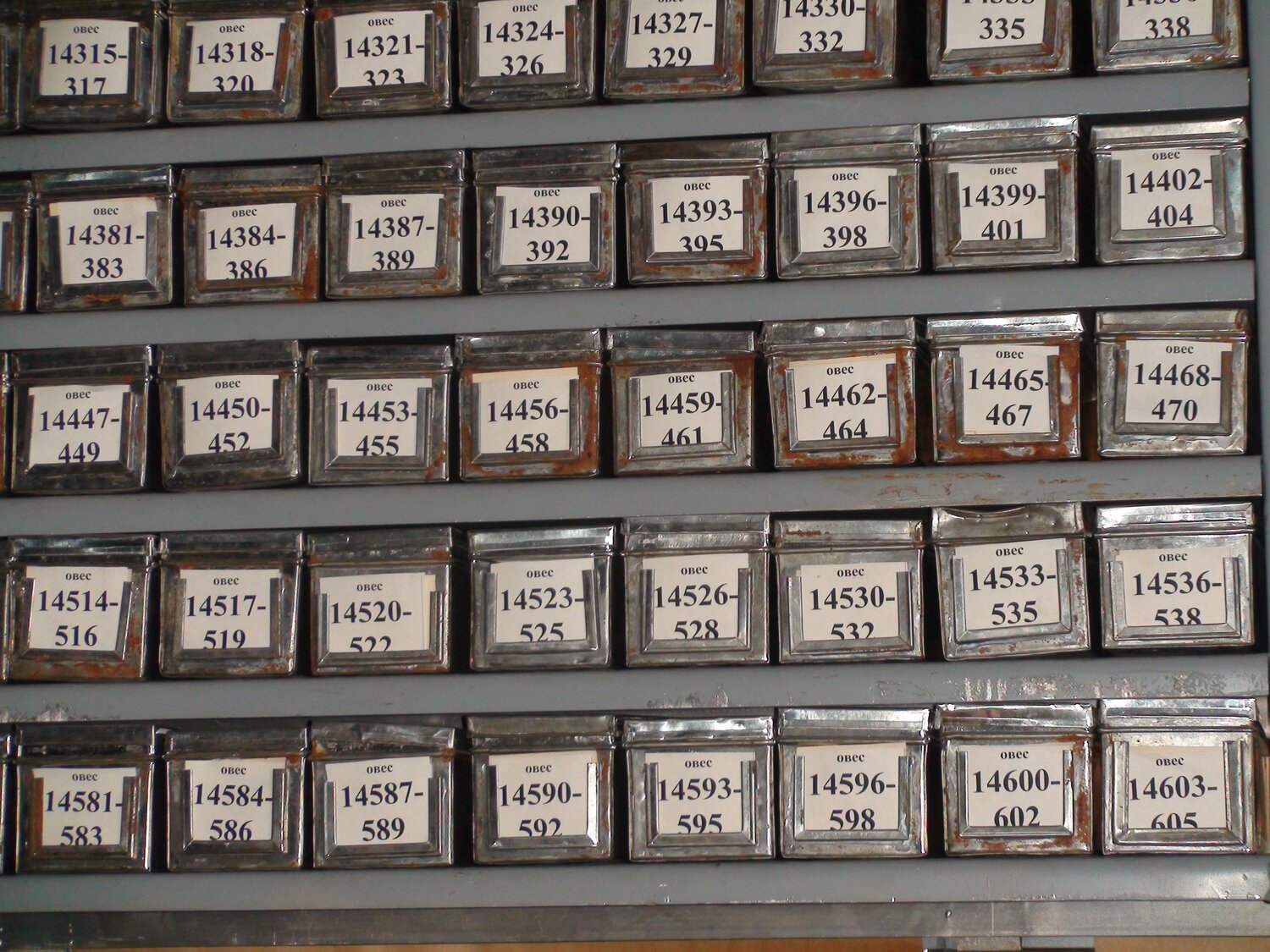
The method of storage of oat collection in Vavilov’s time.
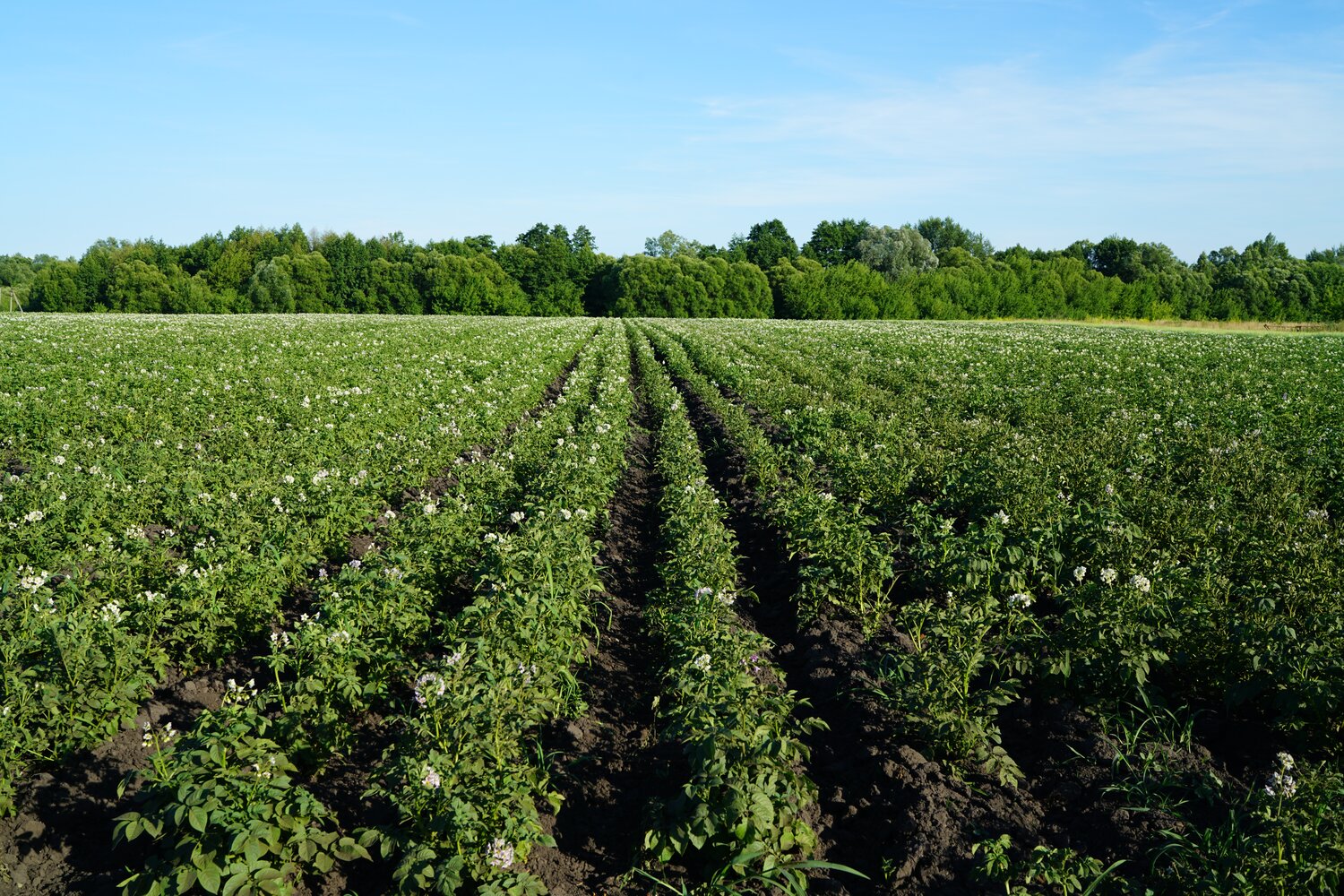
Potato field collection in VIR’s Pushkin Station.
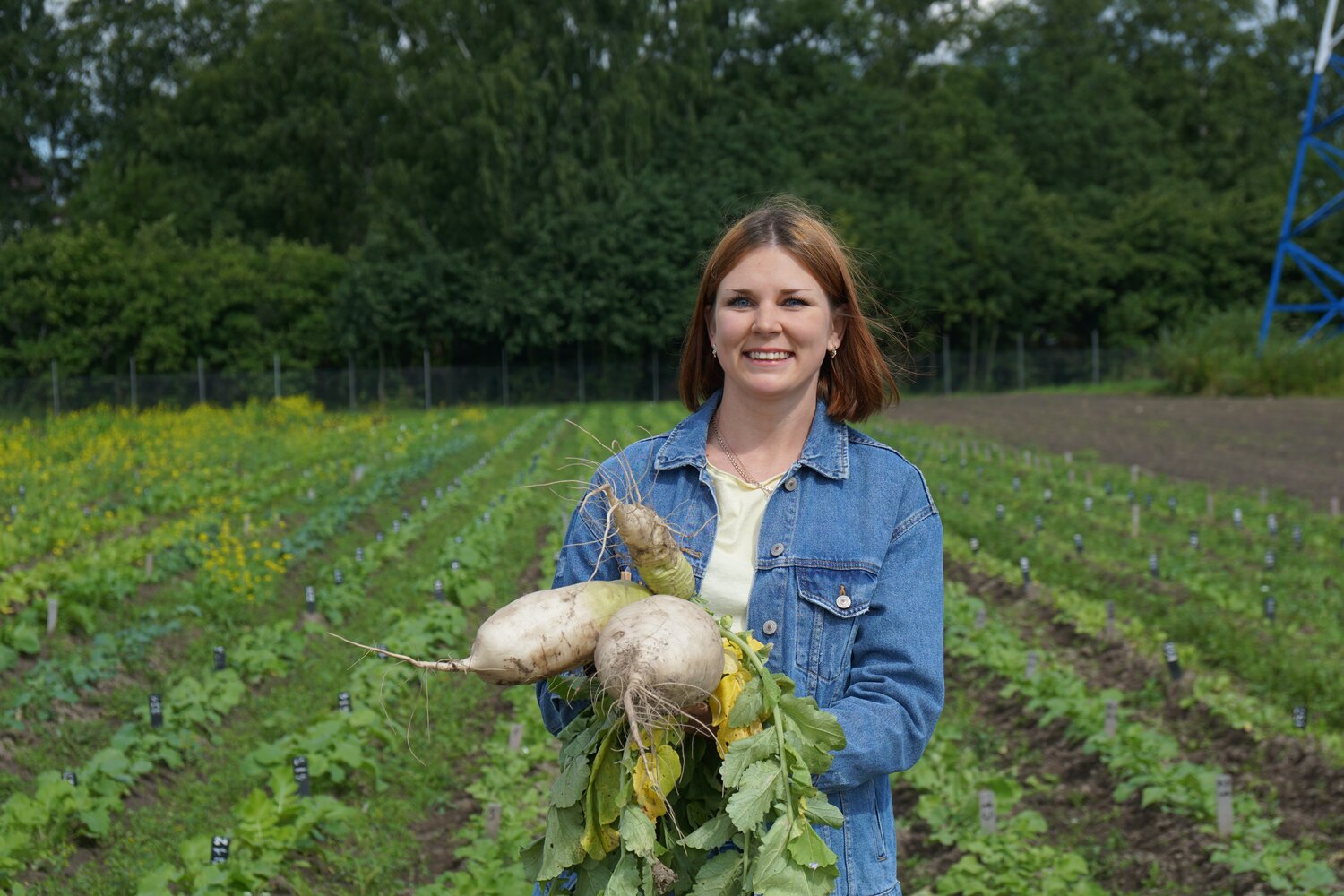
VIR PhD student, Anastasia Kurina, with plants from VIR radish collection.
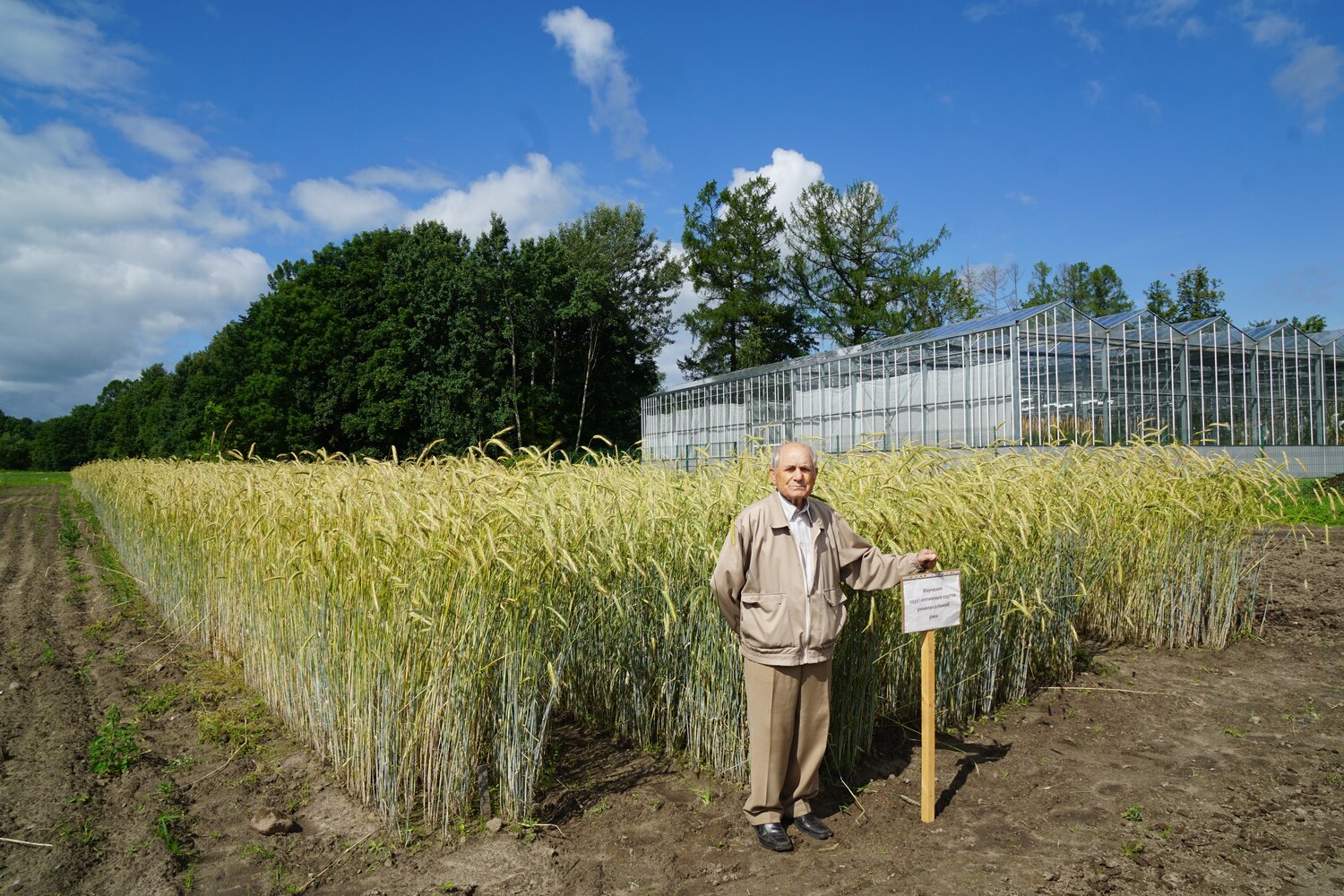
Prof. Vladimir Kobylyansky in front of field collection of his newly bred rye cultivars.
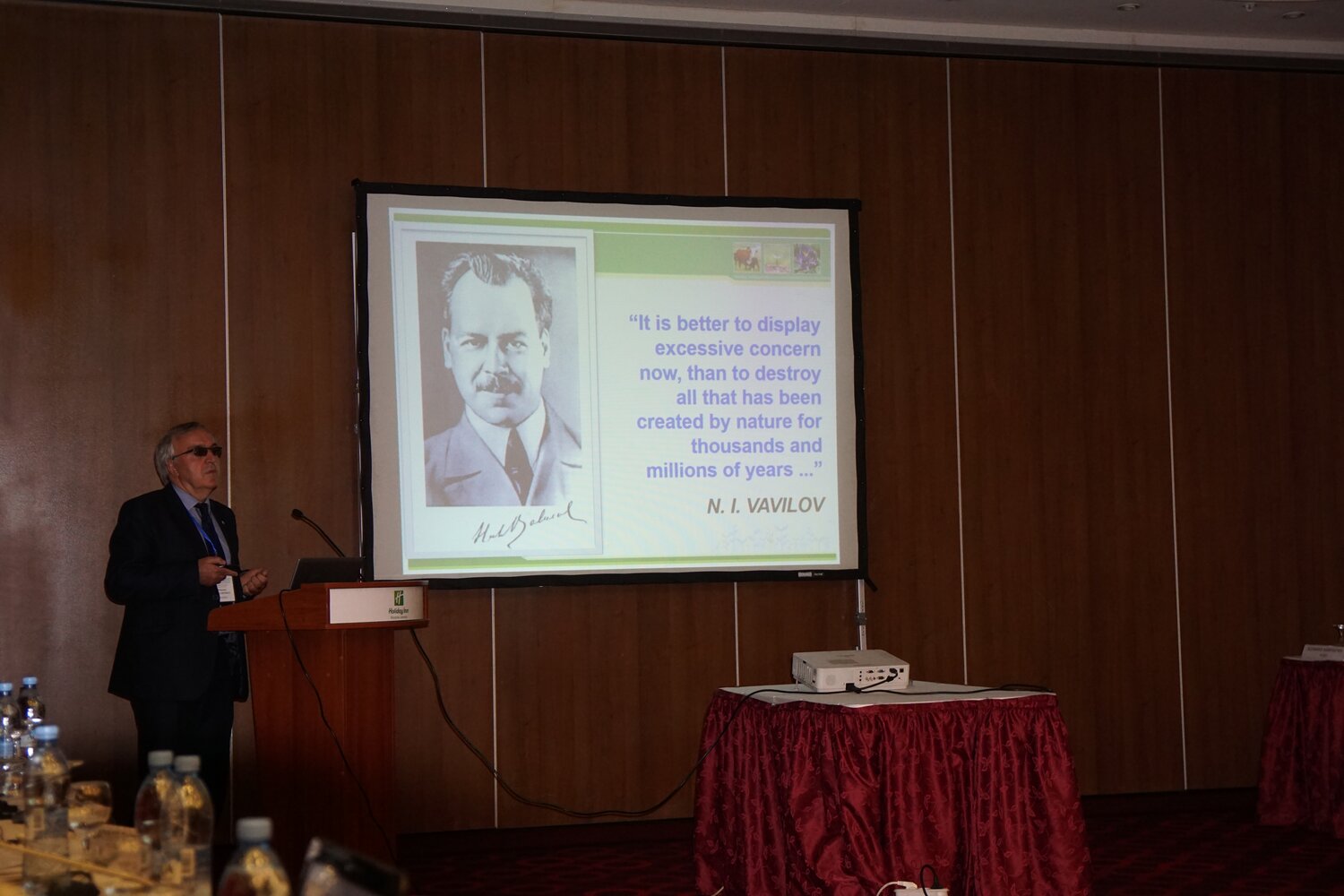
Nikolay giving a talk at 17th Management Board Meeting of the CGIAR Regional Program for Central Asia and South Caucasus, Moscow (2016) .
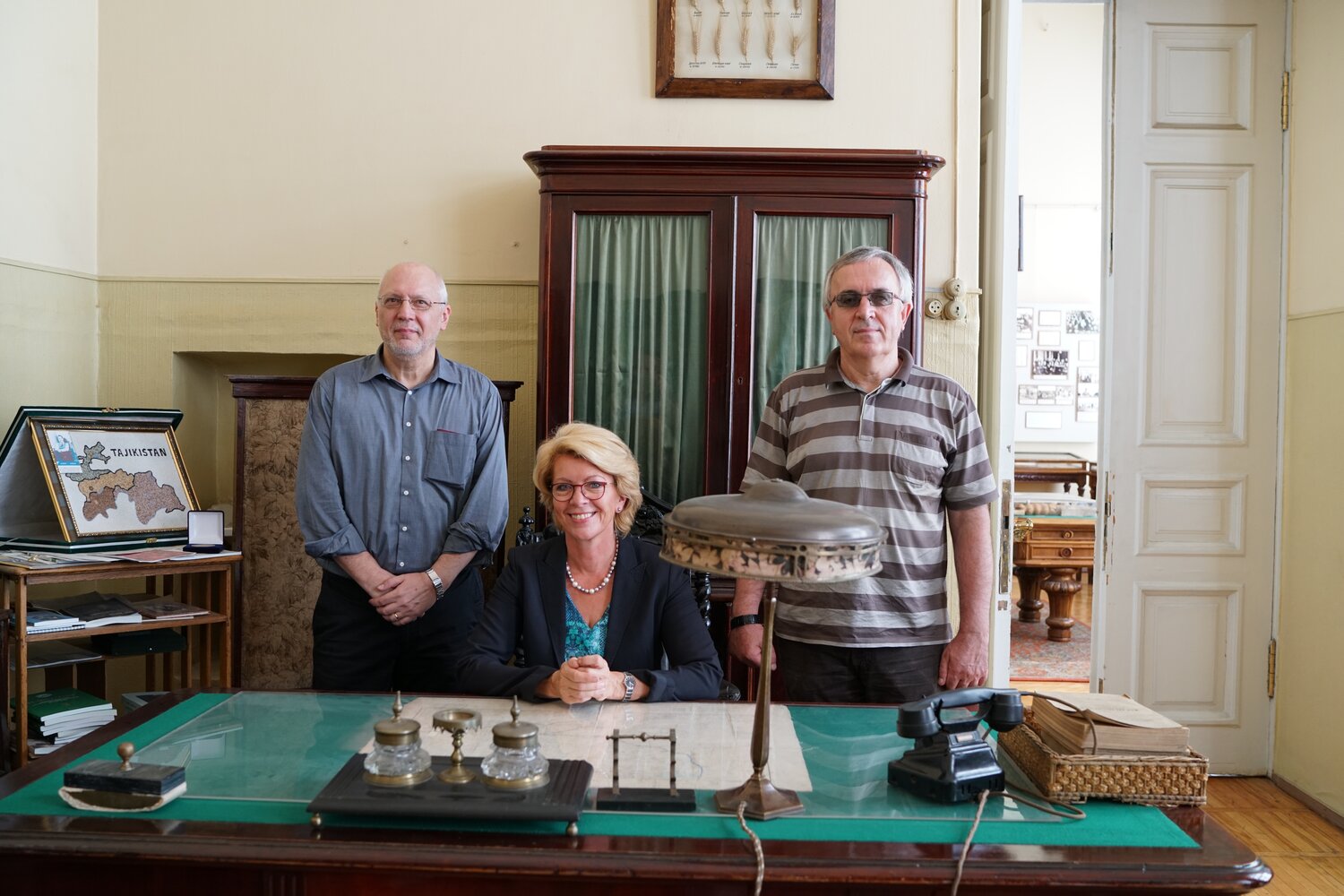
Memorial office of N.I. Vavilov with his own desk.
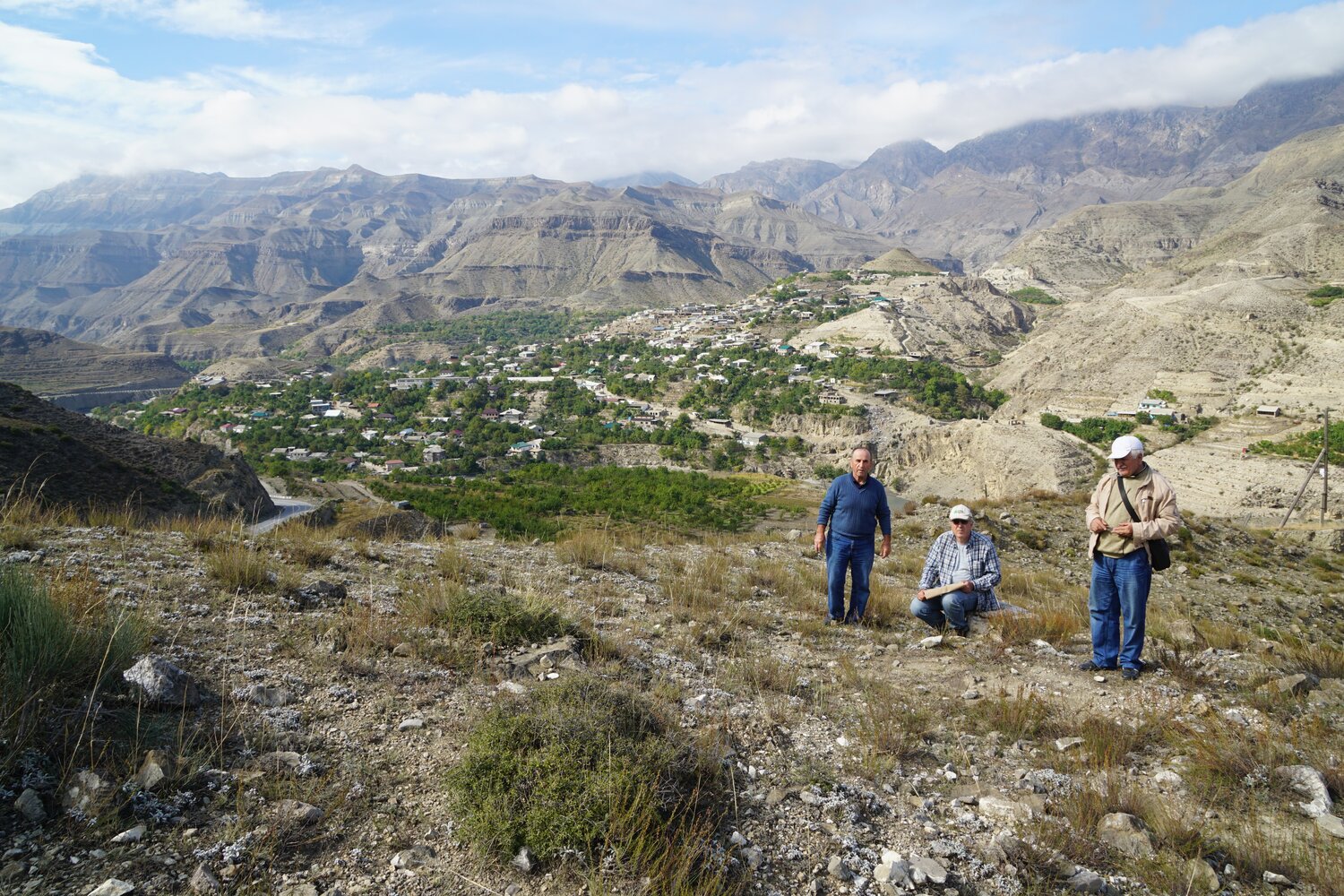
Expedition in the mountain area of the Republic of Dagestan (2016).
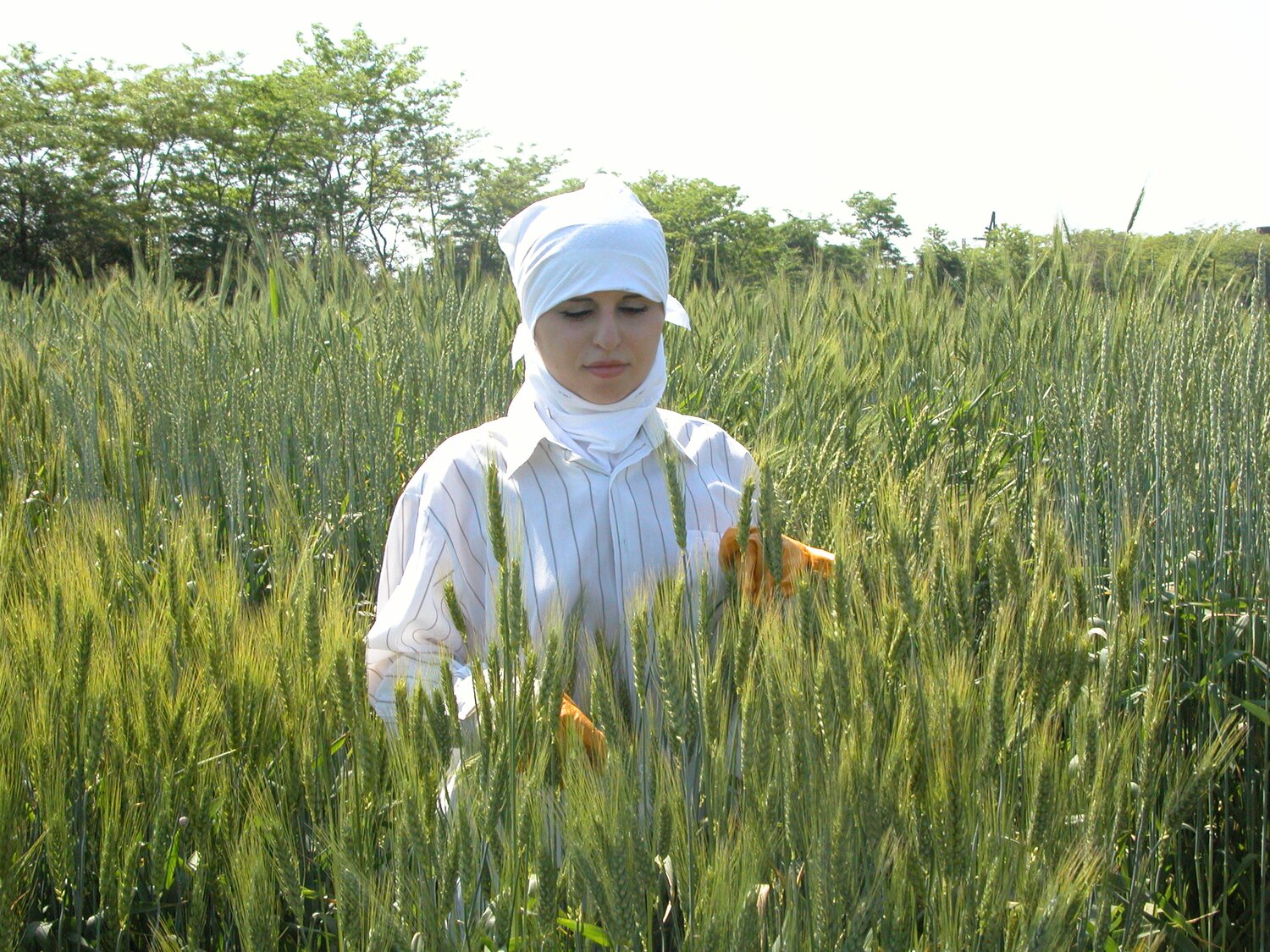
Evaluation of wheat collection at Dagestan VIR regional station.
LM Salazar: The Russian botanist and geneticist, Nikolai Ivanovich Vavilov, is known across the globe as the grandfather of ex situ conservation of plant genetic resources. If you could chose one lesson and one challenge that he has passed on to the plant genetic resources (PGR) community, what would that be?
Nikolay Dzubenko: Vavilov had a dream to give all people access to healthy and highly nutritious food. Ironically, in 1943, he passed away in the prison of Saratov in Russia, suffering from hunger and broken by diseases.
The main lesson that Vavilov would pass to the community would likely be the following: We must conserve local landraces and the traditional knowledge associated with their cultivation. The importance of this endeavor is increasingly being recognized and explored in the contemporary world.
Vavilov was one of the pioneer scientists who aimed at conserving the heritage of local landraces. In the 1930s, he masterminded the principles that currently form the basis of the Plant Treaty and the Global Plan of Action. But he did so much more.
Vavilov was the first to address strategic tasks of establishing, conserving and studying genetic collections scientifically. He developed a scientific approach of what, where and how to collect to ensure coverage at both intraspecific and interspecific levels.
The biggest challenge that Vavilov could pass on to future generations would likely be the problem of genetic erosion. In other words, the non-reversible loss of genetic diversity. This is why international cooperation is critically important today to collect the heritage of landraces in the places where they are still available. This is important because contemporary agricultural practice replaces them with very few varieties.
This genetic erosion is evident in the USA, Canada, Europe, China and India where huge numbers of local landraces have already been lost and cannot be restored. Fortunately some landraces are conserved in genebanks. But the big challenge is to conserve whatever is still missing from genebanks, before these materials are completely lost.
LS: You started working at VIR in 1978. And you were appointed as Director in 2005. How does it feel to be the Director of VIR – such a renowned, historical and priceless institution?
ND: VIR is not only important because of its genetic collection. The main building is located on the Isaakievsy Square, in the very heart of the historical center of St. Petersburg, which for a long time was the capital of Russia. The building belonged to the former Ministry of Agriculture of the Russian Empire. The room where the VIR Director’s office is located now is a former Minister’s office. Visitors can see the historical interiors of the building, which remains unchanged and are a snapshot of the time of the Russian Empire. To work at such location is a great privilege. It’s also a great responsibility.
I have been working in the VIR system for almost four decades now. I went from a PhD student to a head of a laboratory; moving on to Director of the VIR research station in Kazakhstan, to the head of forages genetic resources department; on to vice-director of the whole institute; and finally, 12 years ago, VIR’s Director.
As such, I supervise all VIR activities including infrastructure and operations, finance, strategic planning, reporting to governing organizations and the government. I am also responsible of international cooperation. My mind is constantly at work; for me, there are no weekends or vacations. I’m like a well-tuned, German Mercedes Benz that never stops and never breaks down (so far).
Despite my managerial roles, I still consider myself a scientist. I am still very active in VIR research – be it working in the greenhouses, in the field or going on collecting expeditions.
LS: What’s your favorite activity among all your tasks?
ND: Retired people in Europe usually dream about travelling the whole world. I dream about travelling in different countries as a Vavilov missionary. I would go on collection missions as much as possible. I would visit Vavilov’s seven centers of crop origin, doing research and collecting.
I believe it is very important to launch a second round of expeditions following Vavilov’s steps. Many people have tried to do that, but it has never been done on a full scale. My biggest dream is to organize those expeditions while I still have health, power and knowledge. I could then retire a satisfied man.
LS: What is VIR mainly focusing on right now, and how do you see its future?
ND: VIR has focused and will continue to focus on the main strategic targets established by N. Vavilov.
First - it is enriching the collections by introducing new materials. Second - proper conservation of the collection in both in the field and controlled environments. This includes field collections, seed collection in cold rooms for seed crops, in vitro and cryopreservation collection for clonal crops. It also includes researching the collections and determining their rational use.
These main directions have not changed since Vavilov’s time, although the proportion of time and funds for each of these main activities may vary, depending on the priorities.
LS: So today, what is the current role that VIR plays in Russian society?
ND: In Russia, VIR is not only known by scientists. Most Russians know the famous story of how VIR staff rescued and saved the Vavilov collection during the siege of Leningrad.
In Russia, VIR is currently the biggest provider of initial material for breeders. We research and establish working collections (subsets) specifically targeted for breeders’ needs. But we cater to a very broad and diverse group of users.
Requests for such subsets are coming not only from Russia but also from other users including former Soviet countries, Europe, China, the USA and other countries. We give access to our collection for research without any charge.
At VIR we are running pre-breeding programs to develop new genetic materials for breeding programs. We perform focused research on the collection. For example, we conduct research for specific qualities or traits, biotic and abiotic stresses.
Many cultivars based on material developed in VIR pre-breading programs are released directly to the market. In total, 417 cultivars and hybrids of 96 crops can be found in the Russian Official Register of varieties permitted for utilization. During the past three years, 37 cultivars and hybrids were released based on the VIR collection. This activity is a “side-product” of VIR pre-breeding programs.
LS: What makes VIR unique as a genebank?
ND: According to FAO 2nd report, there are 1,740 genebanks. But only 130 genebanks are conserving more than 10,000 samples. Based on the size of the collections, VIR holds fourth place in the world, after collections in India, China, and USA. But based on the historical value of the collection, description of the collection (characterization and evaluation), documentation and management, VIR holds one of the first places. The uniqueness of VIR is that half of the collection was collected before 1940, when the concept of genebanks did not even exist.
LS: So would you say VIR holds the oldest collection in the world?
ND: It was established at nearly the same time as the USA collection. But we had different approaches for collecting, which was reflected in language. In USA, the collectors were called “hunters of seeds”. At VIR they were called “hunters of genes”.
LS: This may be a hard question, but what would be the most precious thing that is safeguarded at VIR?
ND: All materials are valuable. I would like to see a scientist who says: do not conserve those samples because they probably won’t be valuable in the future (laughter).
LS: What is the history of the relationship between VIR and the Crop Trust? Where are we now in this relationship? And what do you consider is the global role of the Crop Trust?
ND: I think that the Crop Trust plays an important role as an initiator and sponsor of programs for conservation of the PGRFA and their wild relatives that fall under FAO’s Plant Treaty.
Former Crop Trust Executive Director, Cary Fowler visited VIR several times to discuss the challenges of plant genetic resources conservation. In the middle of the 2000s, VIR and the Crop Trust had four joint projects to regenerate mainly forages, grain and bean crops. Later, in 2009, we had one more program with the Crops Trust for regeneration of priority collections. A selection of these accessions were safety duplicated in the Svalbard Global Seed Vault. And in 2011, we had serious assistance from the Crop Trust to improve our database and information system.
The current Crop Trust Executive Director, Marie Haga recently visited VIR to see how our institution has moved forward, and the ongoing, positive momentum we are enjoying during this period of time.
LS: Lets talk about your participation at the Genebank Platform’s Annual Genebank Meeting.
ND: This is the first time I have participated in this meeting. The highest value of a meeting such as the AGM is that we can see the present state, as well as the progress undertaken by the international community in the conservation, study and rational use of PGR. At the AGM I learned a lot, and can now have a vision on how VIR should integrate itself in the international system of PGR conservation.
After the AGM, I now see the role of the Crop Trust in a totally different light and my understanding of international cooperation is evolving. I am hoping that Marie Haga will have a chance to come to the Vavilov Conference in November, where there will be over 130 guests from many countries.
Unfortunately, Marie could not attend the weeklong conference but did send a video address, which you can view below.
LS: So how do you see the future of the Vavilov Collection?
ND: Given that today, more so than before, VIR has more financial support, we are strengthening the work on acquisition. We have nearly doubled the number of collecting mission in the post-Soviet territory. For example, in 2017 we organized more than 20 expeditions and are planning even more for 2018. We have now 16 fully functional collecting groups equipped with all necessary tools and vehicles, with highly trained personnel.
We have full capacity to conserve genetic resources: seed storage, field, in vitro and cryopreservation. We develop cryopreservation protocols for multiple crops and mainstream them for multiple accessions. We are also doing safety duplication. VIR performs all these activities in a knowledge-based, scientific way.
We are also developing a program to repeat the expeditions to Vavilov centers of crop diversity and hope that other genebanks and countries can join us in this project.
LS: Do you think that Russia can achieve SDG Target 2.5 by 2020?
ND: Target 2.5 is specifically set to focus on the conservation of biological diversity. This was the same goal set by Vavilov, and VIR has been moving in this direction for the past 123 years.
Can we achieve the goal by 2020? It depends on the criteria that are used to evaluate if the goal is achieved or not. Clearly, 2020 can be seen as a kind of turning point. But it is also clear that it is impossible to address all pending aspects and unresolved questions within the two remaining years.
LS: Achieving Target 2.5 is a global goal. What would you tell the leaders of the world to make them understand how valuable is conserving plant genetic resources?
ND: (Laughing), this is a difficult question. Do you mean scientists, or financial managers or administrators? The message will be different depending on the type of audience. I will address my message to politicians. I believe that each and every country, if it wants to be legitimate, should make efforts to conserve its genetic resources. After all, there are strategic resources that determine ecological security as well as food security of a nation.
Having said that, individual countries cannot achieve food security if they rely only on national genetic resources. Cooperation is important. How can Australia rely solely on its own genetic resources if 90% of their economically important biodiversity is introduced from other continents?
The Food Forever Initiative brings together intellectuals from diverse professional areas. These people can brainstorm and deliver communication points to politicians that in turn can make sure that everybody can have access to healthy food, and reach the Zero Hunger Goal.
There are many valuable Russian initiatives that the world is not aware of, and we would like to communicate them and discuss them with the global community. Food Forever can achieve more than diplomats. Diplomats are usually bound by commitment to their own countries. Scientists, on the other hand, can say what they think, not what is needed or required to be said according to a political situation. This is why I agreed to participate as a champion and I myself can propose ideas for discussion.
LS: What are the big challenges that cut across all genebanks?
ND: I believe that all national governments, the FAO, the UN, rich people across the globe should finance and support the effective work of genebanks -- even if we are talking about a small, local genebank, it should perform properly all of its functions.
I am very well aware of the problems of national genebanks in newly formed countries such as countries of the former Soviet Union, Eastern Europe and some African genebanks. Their development should not just focus on a blind collection of everything that is available to increase the number of samples, but, firstly, to conserve unique national genetic resources to make international germplasm exchange possible.
The Crop Trust must play a leadership role in this process because of the need to develop a global strategy and a joint methodology of acquisition, conservation etc. The role of the Svalbard Global Seed Vault as a repository for safety duplication is important, as the situation in Syria has demonstrated.
It is strange that governments understand the importance of storing gold reserves in other countries but do not think of safety duplicating their genetic resources.

